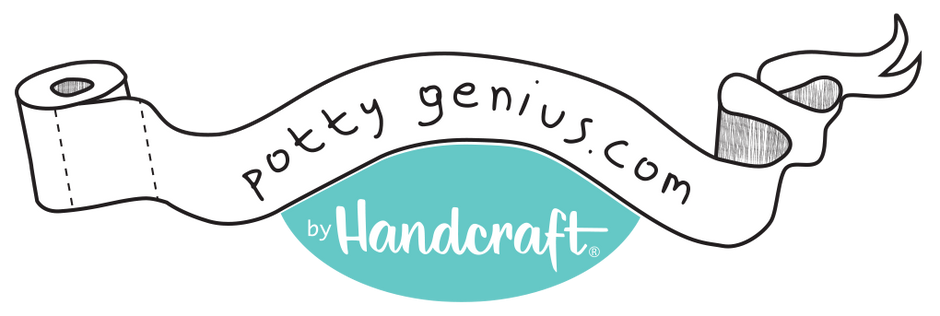If your two-year-old is still in diapers, and a well-meaning (but annoying) relative tells you that her children were already toilet trained at that age, she may be telling you the truth. There is no question that over the
last 50 to 75 years children in the United States have begun potty training later. While there may be cultural and economic forces at work, two major factors have contributed to this shift: the disposable diaper and a better understanding of
child readiness.
What Does the Term Toilet Trained Actually Mean?
Most parents today consider a child toilet trained when they are completely able to use the toilet independently, from start to finish. That means walking to the potty, pulling down clothes, going into the toilet, wiping if necessary, putting clothes back in place, flushing the toilet, and washing hands. In the past, “toilet-trained” meant something completely different. For example, in the 1930s, an infant who was forced to sit on the toilet until a bowel movement was produced was considered toilet trained. Most of today’s grandparents did not train their children that long ago. However, many have forgotten how incompletely their young children may have been trained.
Diapers and Toilet Training
When diapers were hand washed and their supply limited, women wanted children out of them as quickly as possible. The invention of the washing machine and the availability of diaper services helped. But disposable diapers really lessened the burden of dealing with an untrained child. Disposable diapers are simply thrown away. They come in many sizes. Improvements in their ability to keep skin dry make them even more appealing. Parents are in less of a rush to get children out of them.
Child Readiness
Doctors Benjamin Spock and T. Berry Brazelton saw the effects of forced, early toilet training in the 1940s and 1950s. These “toilet trained” children were not as perfectly trained as older people might remember. Some would not go in the toilet. Many had frequent accidents. Others showed evidence of what was considered psychological damage. Some wet the bed into early adulthood. Drs. Spock and Brazelton, among others, concluded that children should not be trained until they are physically and emotionally ready, usually around age two. At that point, the child guides training. Parents do not force a child who refuses to cooperate. The
child-oriented, readiness approach is the most commonly used way to toilet train children. It caused a great shift in when training was started. The other training method employed by many parents today is an intensive approach based on Azrin and Foxx’s one-day training. All of the intensive, toilet-training methods, regardless of length, begin with a ready child. Most children don’t meet readiness criteria until age two. Readiness, not exact age or training method, determines success.
Are We Waiting Too Long?
The disposable diaper industry has created increasingly large diapers and pull-ups. The better the diaper, the later potty training happens. Dr. Brazelton became a spokesperson for Pampers, which many thought was a conflict of interest. In fact, in 1999, a war of words broke out between Brazelton and John Rosemond, an author of parenting books who thought training was being delayed too long. According to an article in
The New York Times, Rosemond said that it is “…a slap to the intelligence of a human being that one would allow him to continue soiling and wetting himself past age 2.” At the time, most pediatricians and experts supported the Brazelton approach. They saw children who got into battles with their parents over the toilet and refused to use it at all. Once a child becomes afraid of the toilet, potty training is always delayed. The American Academy of Pediatrics and other experts still say that readiness is key to successful toilet training.
Where Is This Heading?
One study found that in 1957, 92 percent of children were toilet trained at 18 months, while in 1999 only 4 percent of two-year-olds were trained. A later study found that the average age at which children were trained went from age 26 months in 1980 to 36.8 months in 2003. Good, recent statistics are not available. Will this age continue to rise? Perhaps not. Many children need to be toilet trained before they can attend preschool at age 3. Also, there is a growing group of parents trying infant toilet training. Regardless, evidence suggests that trying to train your child between the ages of
two and three, starting when he is ready, will in most cases allow you to have a toilet trained child at age three or soon thereafter.
Additional Potty Training Resources:
How and Why To Begin Potty Training Human's Surprising Variety of Approaches to Toilet Training

